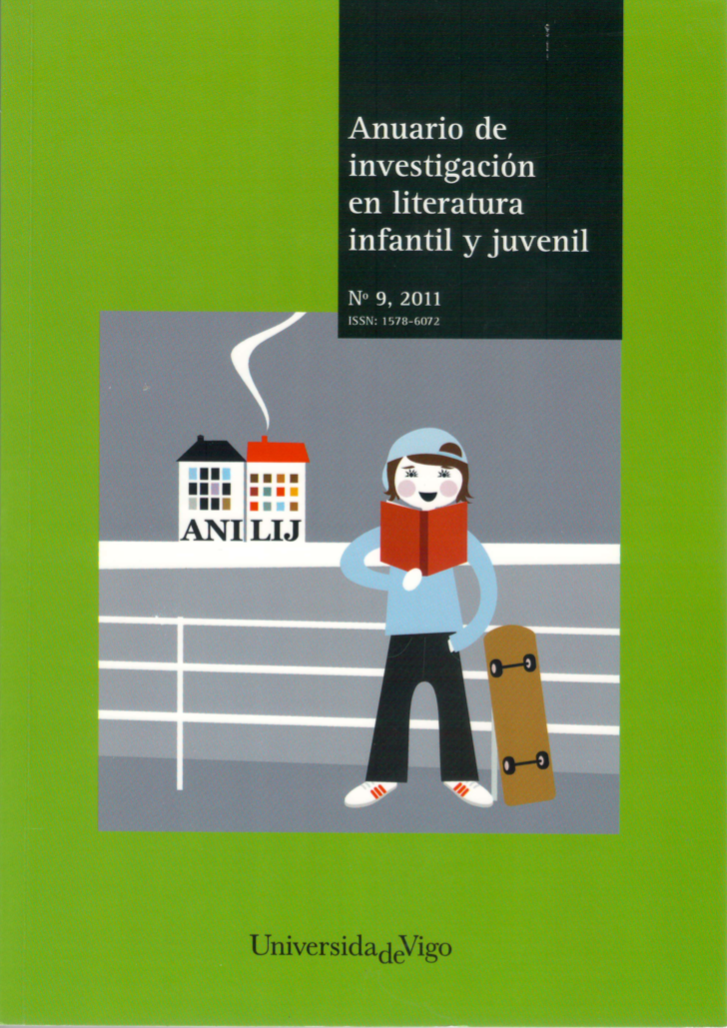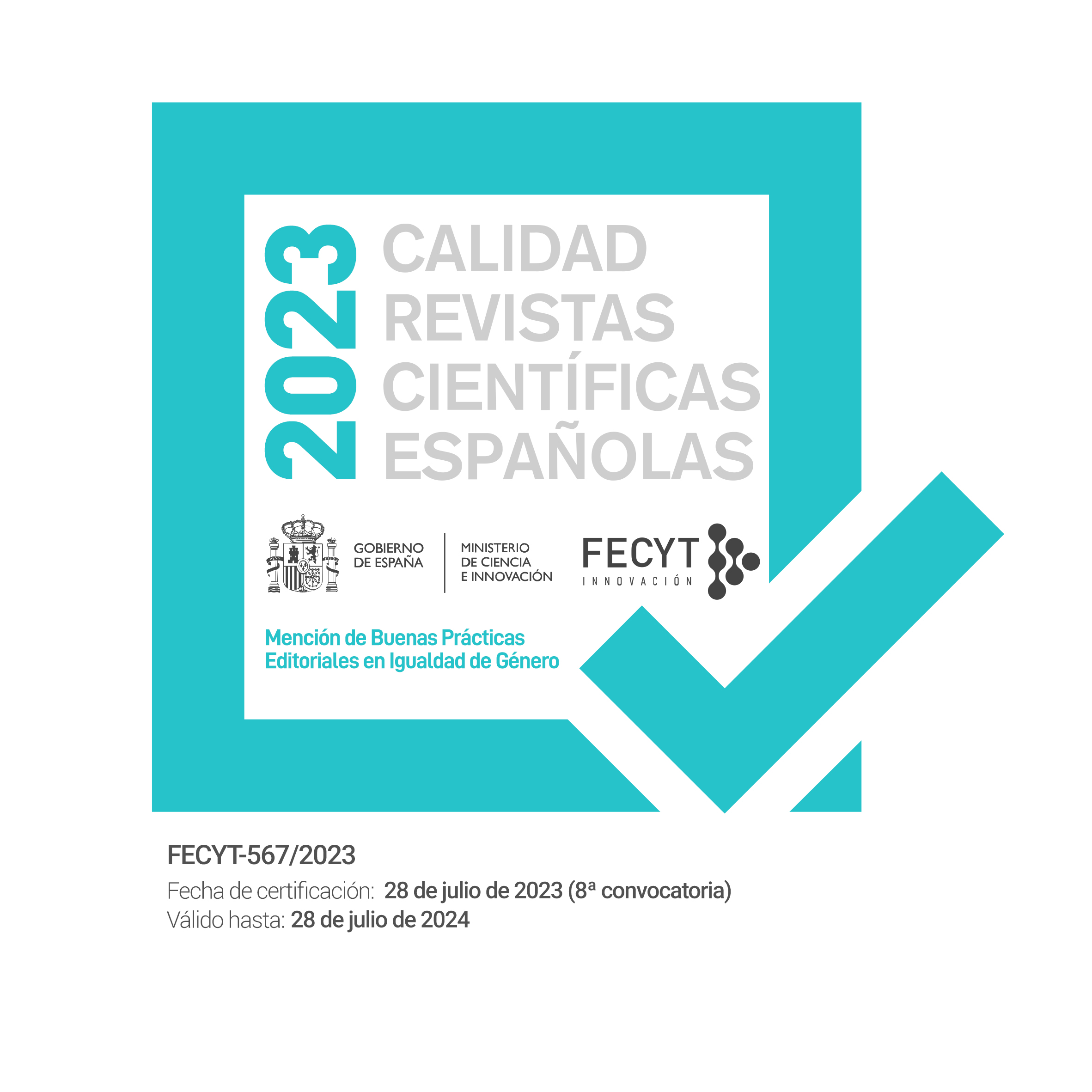La versión juvenil de los viajes de Marco Polo y su relación con la historia original del Libro de las Maravillas
Palabras clave:
descubrimiento, medieval, maravillas, comerciante, viajes, Lejano OrienteResumen
Los viajes de Marco Polo significarán el descubrimiento al otro lado del mundo de una civilización completamente desconocida para la Europa medieval: el poderoso imperio mongol, caracterizado por sus riquezas y productos innovadores. La inmensidad de su territorio, así como sus sorprendentes avances, ricos materiales y extraordinarias costumbres serán difíciles de creer para Occidente. Polo no dudará en reflejar todo lo que ha visto y ha vivido a lo largo de su estancia en Asia en el Libro de las Maravillas, auténtica descripción de todos estos increíbles descubrimientos que se encuentra en su itinerario. El autor del libro ha visto unas maravillas con mentalidad de comerciante, por lo que no quiere profundizar en aventuras o emociones que pudiera haber experimentado durante su viaje o su estancia bajo la tutela del Gran Khan. Una versión de los viajes de Polo para la audiencia juvenil requiere una solución efectiva para este imprevisto. El episodio XIl de la serie televisiva Érase una vez el hombre suplirá esta carencia con la incorporación de elementos como: la lucha entre buenos y malos, que siempre garantiza tensión y emoción; personajes como los bandidos perseguidores de los Polo, que crean una atmósfera de suspense y mantienen la atención entre los jóvenes; el humor, la ironía y los episodios cómicos, especialmente los momentos en que los buenos se deshacen de los malos. Todo ello sin olvidarse de explicar las maravillas descubiertas en el Lejano Oriente, que conforman la base histórica de los viajes.
Descargas
Descargas
Publicado
Número
Sección
Licencia
Anuario de Investigación en Literatura Infantil y Juvenil se publica en acceso abierto desde 2019 (nº 17). Los autores mantienen el copyright, concediendo a la revista el derecho de primera publicación. Se permite el uso para fines docentes de los textos, datos e informaciones contenidos en estas páginas. Los autores pueden publicar su trabajo si indican que se publicó por primera vez en Anuario de Investigación en Literatura Infantil y Juvenil. Los derechos de autor de los números impresos (0-16) pertenecer a la revista.




 Anuario de Investigación en Literatura Infantil y Juvenil
Anuario de Investigación en Literatura Infantil y Juvenil